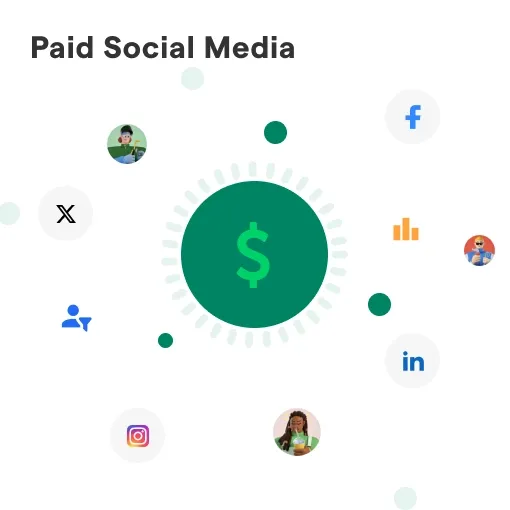What is Paid Social Media?
Simply put, paid social media is a marketing technique that involves advertising on social media platforms by paying a fee to promote your brand, product, or service. It can significantly help expand your reach, amplify your message, and increase the visibility of your brand.
Key components of paid social media include:
- Ad creation,
- Targeted advertising,
- Campaign management
- Performance monitoring
- Budget allocation
Who uses Paid Social Media?
Many entities across various sectors benefit from paid social media. Some common users are:
Businesses
Organisations of all sizes, including startups to multinational corporations, utilise paid social media to effectively reach their customers, generate leads, and drive sales.
Size, industry, and business model notwithstanding, businesses capitalise on the broad reach and granular targeting options of social media to advertise their offerings.
Non-Profit Organizations
Non-profit organisations utilise paid social media to raise awareness about their cause, enhance community engagement, and generate funds.
It enables them to reach supporters and potential donors and participators on platforms where they actively engage.
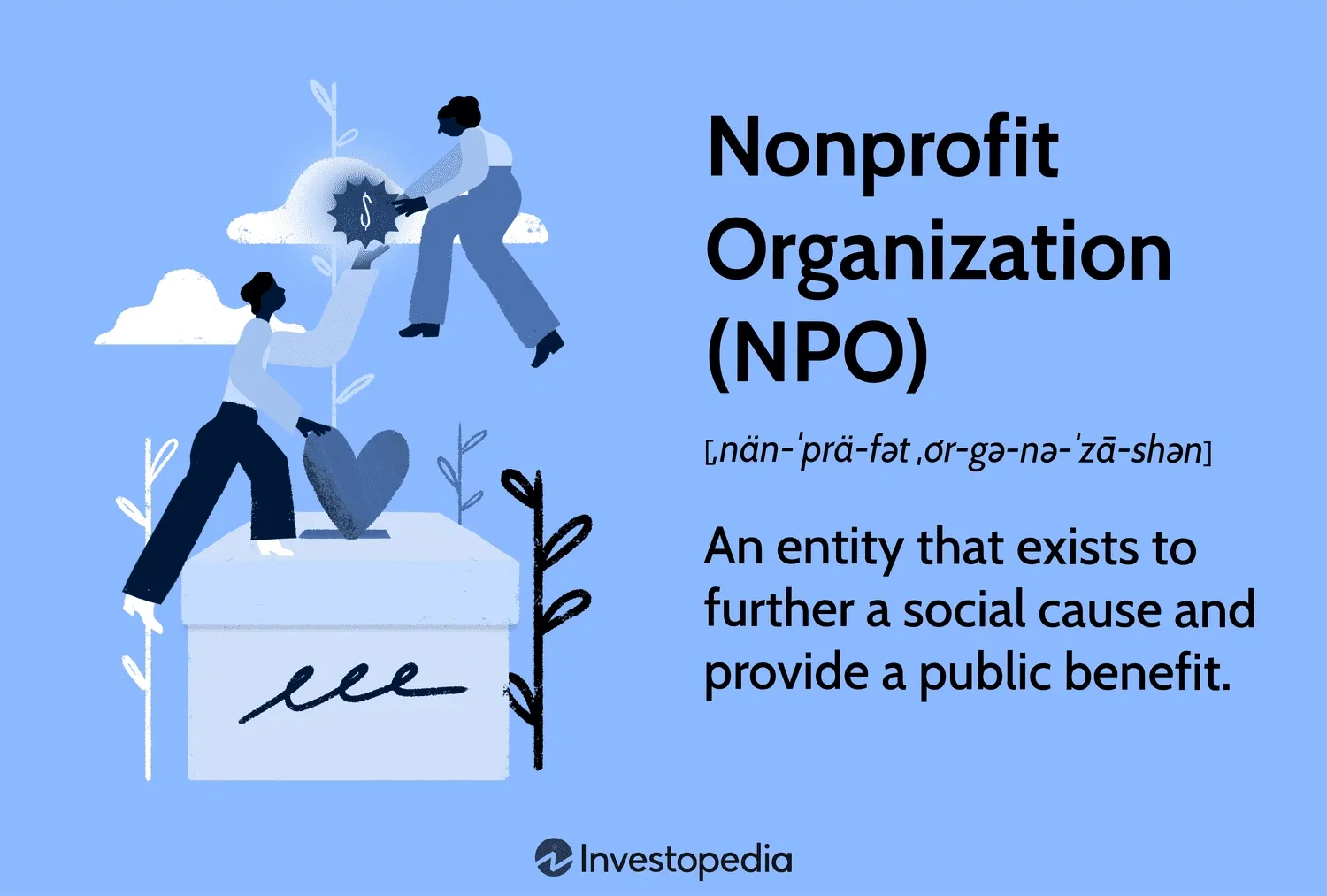
Social Media Influencers
Influencers are individuals who have established credibility in a particular field and have gained a dedicated fanbase on their social media platforms. They use paid social media to increase their reach, engage with their followers, and monetise their online presence.
Government and Public Organizations
Government bodies and public organisations use paid social media to amplify their reach, disseminate crucial information, and interact with the citizenry. Primary purposes include raising awareness about public service initiatives, sharing public health and safety information, or promoting civic engagement.
Where is Paid Social Media used?
Your choice of platforms for running your paid social media campaigns depends on several factors, including the nature of your business, your defined target audience, and the type of content you wish to share. Here's an overview of the most popular social media platforms for advertisements:
Facebook Ads
Facebook, the world's largest social media platform, offers incredibly diverse and comprehensive advertising capabilities. It provides unparalleled reach and advanced targeting options, making it an excellent choice for businesses of all sizes and across industries.
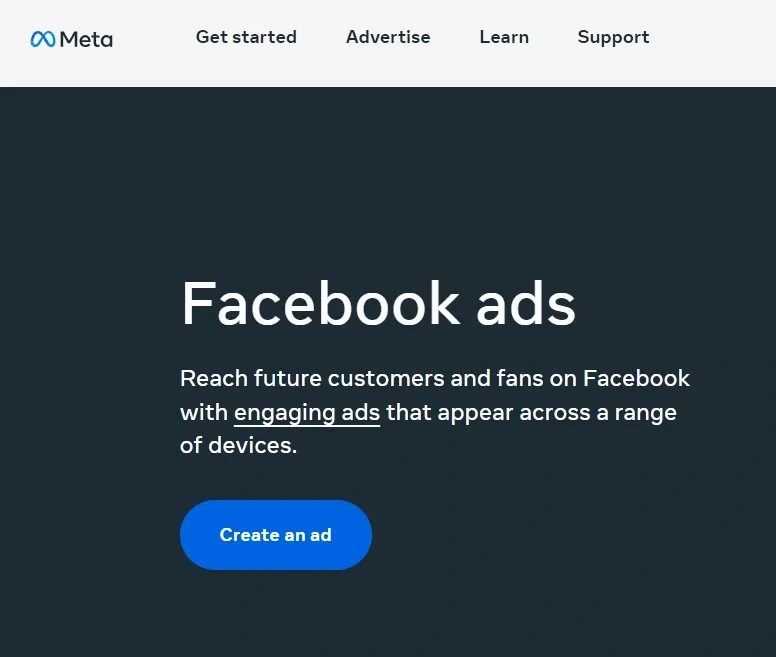
Instagram Ads
Owned by Facebook, Instagram allows you to create visually stunning ads that blend seamlessly with the user's feed. With a strong focus on visuals, Instagram is ideal for brands with robust imagery and videos.

Twitter Ads
Twitter provides an excellent platform for real-time engagement, making it ideal for news updates, announcements, and customer service. Brands can leverage Twitter Ads to launch new products, share company news, or handle customer queries.
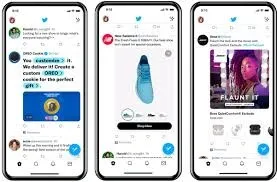
LinkedIn Ads
LinkedIn is a professional network making it an ideal platform for B2B companies and businesses looking to target professionals. LinkedIn Ads can help businesses promote their offerings, recruit employees, or establish thought leadership.
Pinterest Ads, Snapchat Ads etc
Each of these platforms has its merits based on specific target demographics and content format. The choice should align with your business objectives and audience preferences.
When should you use Paid Social Media?
Timing is critical in paid social media campaigns, and some instances when they can be exceptionally effective include:
Product Launches
For a new product or service launch, paid social media is a fantastic tool to generate buzz and excitement. By using targeting options, these ads can precisely reach potential customers interested in your product category.
Event Marketing
Paid ads play a significant role in promoting events, webinars, concerts, or fundraisers. They can create anticipation, explain event details, and encourage users to register or participate.
Seasonal Promotions
During festive seasons or special occasions, consumer buying behaviour changes, and purchasing intent generally inclines. Running targeted ads during these periods can effectively capitalise on these trends to push sales.
Brand Awareness
Paid social media campaigns can be instrumental when businesses look to establish their footprint or venture into a new market segment. They create brand visibility, generate leads, or encourage potential customers to try their products or services.
Why consider Paid Social Media?
Paid social media advertising offers several benefits:
Expanded Reach
One of the most significant benefits of paid social media is that it allows your organization to go beyond the constraints of your organic audience to reach a much larger set of potential customers or supporters.
Precise Targeting
Paid social media offers the advantage of precise ad targeting. Using granular audience details, the ads reach people who are most likely to be interested in your brand, product, or service.
Increased Engagement
Paid social media marketing also tends to drive higher levels of user engagement compared to organic content. It fosters virtual connections between the brand and consumers, encouraging conversations, shares, and hopefully, conversions.
Higher Traffic
With strategic campaigns, paid social media can drive more traffic to your digital assets such as websites, online stores, blogs, etc. This increased influx contributes to better SEO, higher potential lead generation, and a better chance of conversions.
How to implement Paid Social Media?
Let's delve into the blueprint for successful paid social media campaigns:
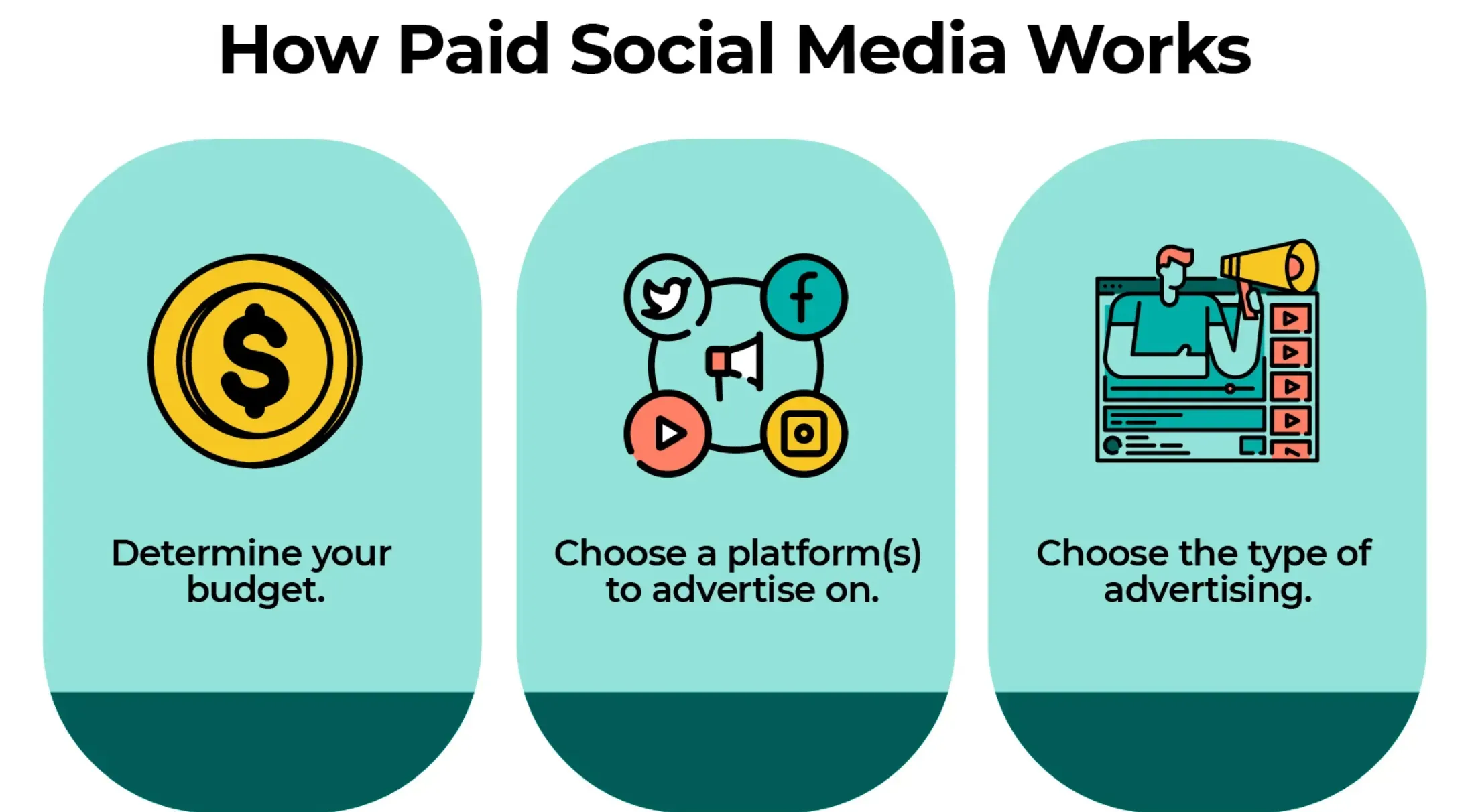
Strategic Planning
Thoroughly planned strategies that include clearly defined goals, targeted audience segregation, and intelligent budget allocation form the foundation of any successful campaign.
Ad-Creation
Your ads are your voice. They need to articulate your brand or product story in a compelling manner that resonates with the receiver.
Audience Targeting
Ads are tailored and targeted for specific audience segments to maximize relevance and thereby improve conversion.
Result Evaluation
Once the ads are live, it's vital to monitor the performance using different metrics, gain valuable insights & learnings, and tweak the strategy for better future outcomes.
Frequently Asked Questions (FAQs)
When is the right time to start with paid social media?
Businesses should consider incorporating paid social media when they have a clear target audience and defined goals for their campaigns. It is advisable to start as early as possible to gain a competitive advantage.
How to integrate a paid social media strategy?
Integrating a paid social media strategy involves a step-by-step approach, including setting objectives, selecting the right platform, defining target audience, creating engaging ad content, and monitoring and analyzing campaign performance.
Which social media platform is best for paid social media?
The choice of platform depends on the target audience and campaign objectives. Facebook, LinkedIn, Twitter, and Instagram are popular options, but each platform has its unique user base and features. Researching and understanding the target audience's preferences is key to selecting the most suitable platform.
